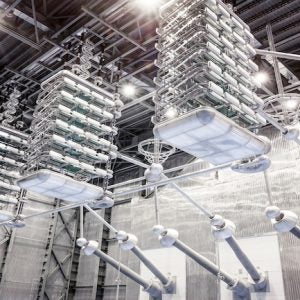The draft National Corridors are comprised of two geographic areas where consumers are currently adversely affected by transmission capacity constraints or congestion. The proposed Mid-Atlantic Area National Corridor includes counties in Ohio, West Virginia, Pennsylvania, New York, Maryland, Virginia, and all of New Jersey, Delaware, and the District of Columbia. The proposed Southwest Area National Corridor includes counties in California, Arizona, and Nevada.
Energy secretary Samuel W. Bodman said: “These draft designations set us on the path to modernize our constrained and congested electric power infrastructure. I am confident the Department’s actions will help facilitate the infrastructure growth necessary to meet the demands of our growing economy.”
The Energy Policy Act of 2005 authorises the energy secretary to designate National Corridors which gives FERC additional siting authority. This would mean if an applicant does not receive approval from a State to site a proposed new transmission project within a National Corridor, FERC may issue a permit and authorise construction. In the event of a FERC approval, the Commission must conduct a review under the National Environmental Policy Act, which would include analysis of alternative routes. However, a federal permit could also empower the permit holder to exercise the right of eminent domain to acquire necessary property rights to build a transmission project.
Though not required to by statute, the DoE is issuing the draft designations in order to allow additional opportunities for review and comment by affected States, regional entities, and the general public.






